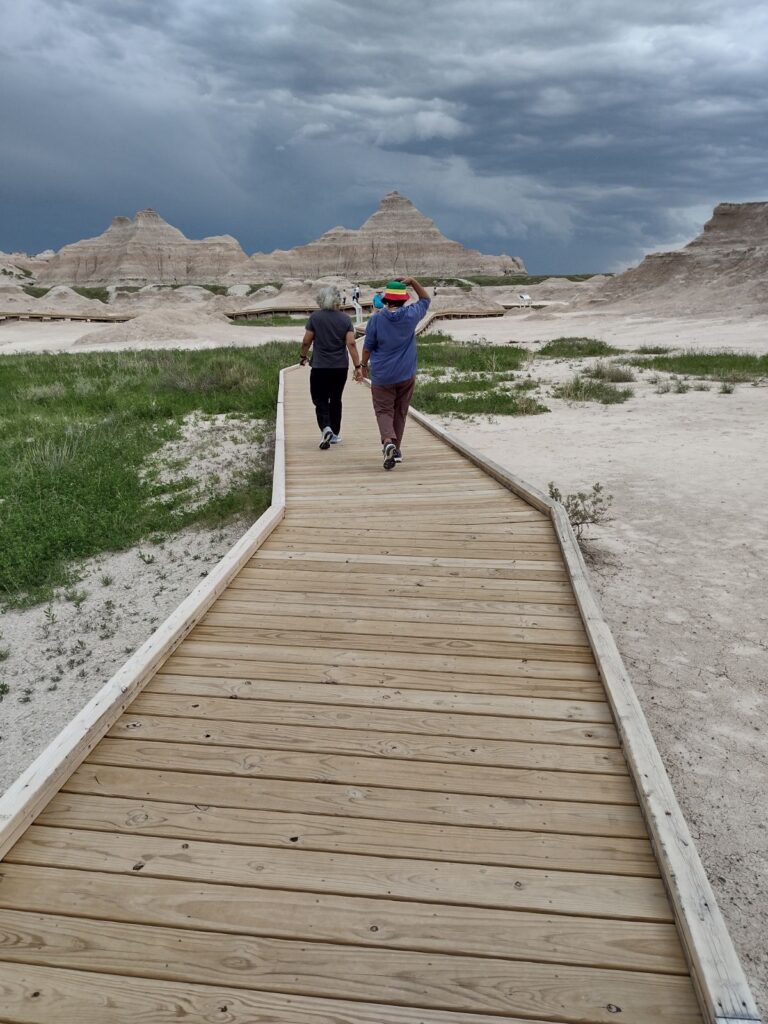In the 1940s through 1960s, many families lived in poverty. According to research, in 1940 approximately 87% of Black families lived below the poverty line. It decreased to 47% by 1960. From 1960-1980, the poverty level dropped 18 more points. My family and I lived in poverty during those times. There are many reasons for poverty. We lived in poverty because of racial prejudices and policies.
My siblings and I grew up in a two parent household. Our mother (MaDear) was born and raised in Mississippi. Her parents were tenant farmers. Schooling was limited to the sixth grade for Black students. Our father (Dad) was born in Mississippi, but his parents migrated to Chicago when their children were young. He attended integrated Wendell Phillips High School and was exposed to various cultures. They realized the importance of an education and together, our parents were determined their five children would be educated and achieve. They relocated from Mississippi to Tennessee due to compulsory school laws.
I am the youngest of five children. Since my childhood, I graduated from college and had successful military and civilian careers. I got married, had two children, and divorced. In spite of the divorce, I raised my two daughters the way my parents raised me. When my children were adults, I remarried .My late husband and I were equally yoked. My children graduated from college, are married with children, and have successful civilian careers.
I did not travel beyond Memphis and Northern Mississippi area until I graduated from high school. I graduated with honors and earned a partial scholarship to Tennessee State University. Prior to starting college in another city 200 miles from home, Dad, my sister, and brother –in-law took me to Chicago to see relatives and the big city. I elected to delay starting college until the winter semester. I worked at Sears, Roebuck and Company Distribution Center, and saved money. I learned the value of being a good employee. The manager wanted me to stay, but I was determined to go to college. My older siblings went to college or trade school and I followed in their footsteps.
After retiring from both careers, I learned to blog online and wrote two memoirs. I am committed to sharing my story to help encourage and empower others. My newest love is traveling. Recently, I traveled cross country with a diverse group on a motor-coach. We traveled from Tennessee to the Black Hills of South Dakota. There were many educational stops going and returning.
About 32 years ago, I met a lady that served in my Army Reserve unit. We became great friends and never lost contact. She grew up poor in Mississippi and also had successful civilian and military careers. Our lives were parallel to each other. We served together domestically and overseas but never spoke about our earlier lives living in poverty. We’re both retired now.
About two years ago, we began traveling with travel groups. It dawned on both of us that we never had the opportunity to visit so many places in the United States when we were growing up. On the educational trip from Tennessee to South Dakota and back, we saw our nation through new eyes. We traveled over 2,800 miles round trip but had time to stop, learn, and explore.
The wonder of the trip was a visit to the rugged beauty of the Badlands. According to the pamphlet we received, the striking geologic deposits contain one of the world’s richest fossil beds. The park’s 244,000 acres protect an expanse of mixed-grass prairie and is roamed by bisons, prairie dogs, black-footed ferrets, and big horn sheep. A sign was posted to look out for the rattlers!
The Lakota people lived in the Badlands before it was a national park. They called the area “mako sicka,”which translates to “bad lands.” The rugged and remote area presents many challenges to traveling. When it rains, the clay becomes slick and sticky, making it difficult to cross. The jagged canyons make it hard to navigate. The winters are cold and windy, and the summers are hot and dry.
We were deep in thought as we walked on the passageway of God’s wonderful beauty. I’m sure we both reflected on our life from poverty to prosperity. We’re committed to helping others along the way!
Francie Mae. May 27, 2024.
References
Mako Sica: Naming the Badlands. Badlands National Park. Pamphlet.
HHS.gov. Poverty Guidelines-ASPE – HHS.gov. Wikipedia. Website accessed May 27, 2024.
My
